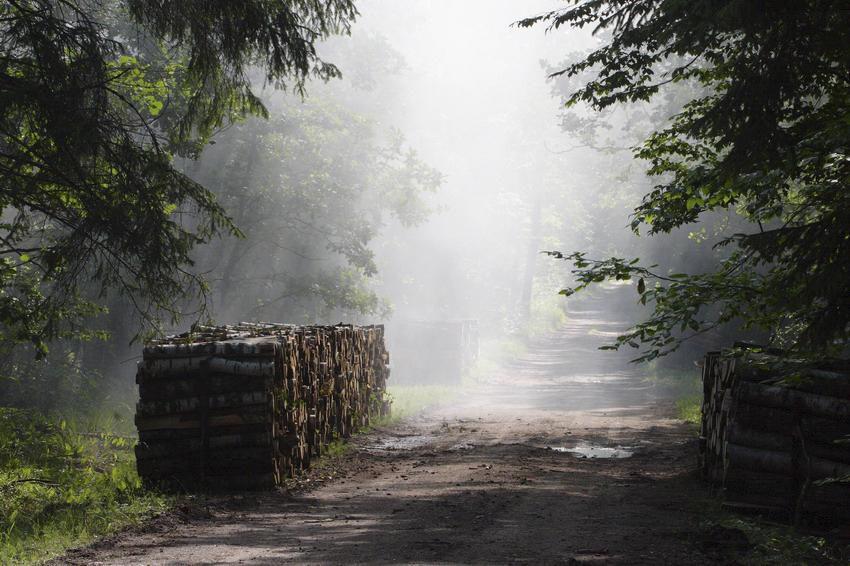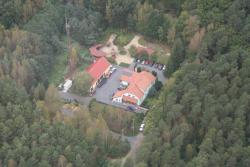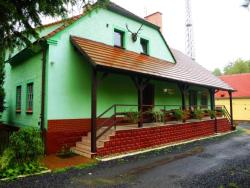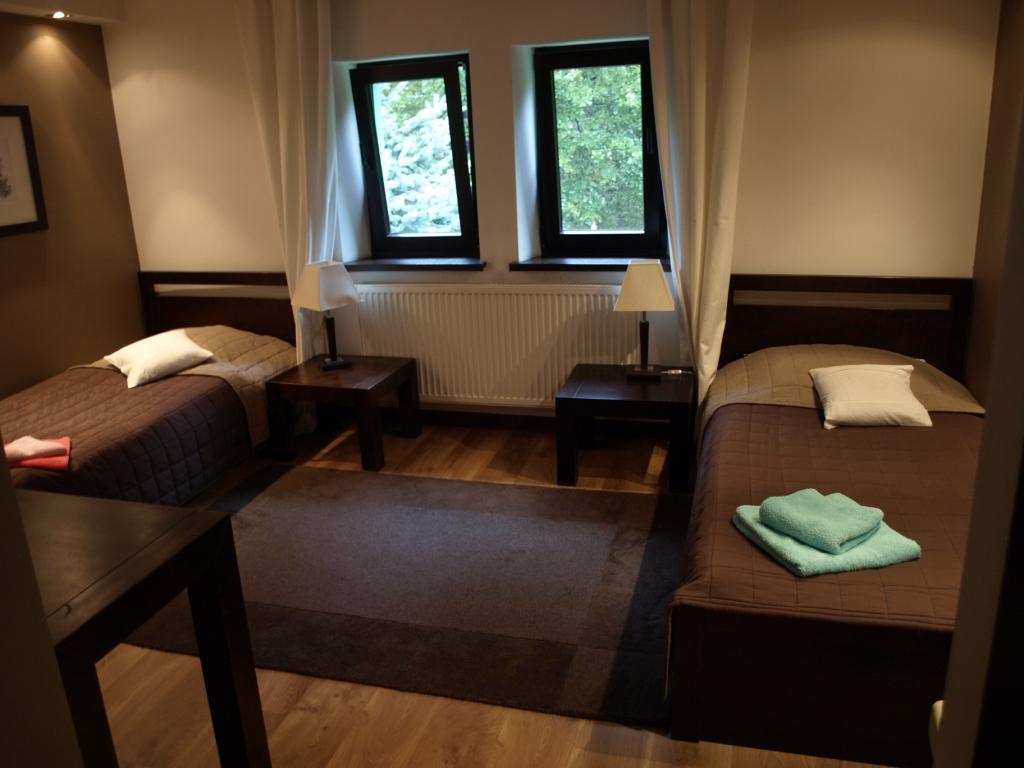 Asset Publisher
Asset Publisher
The State Forests National Forest Holding
The State Forests National Forest Holding is the largest organisation in the European Union managing forests, which belong to the State Treasury and celebrating its 90 anniversary this year.
Presently, we manage the area of one third of Poland's territory. Not long after the end of the Second World War, there was only 21 % of the area. Every year we plant 500 million of new trees, as we want Polish forests grow all the time.
Every year Polish foresters plant 500 million of trees.
85 % of nature reserves in Poland are located within the State Forests. 40 % of the forests managed by General Directorate of the State Forests are protected within the framework of European network Natura 2000. We fight against many threats: natural disasters, plaques of insects, trees' diseases, fires, pollutions, as well as poaching and vandalism.
We take care the forestry supplying the market with timber, as ecological and universal material, to be carried on in accordance with rules of balanced development (photography P.Fabjański).
One of our major tasks is making forests accessible to the society. We invite you to take advantage of these beautifully located within the forest wilderness holiday resorts, forester's lodges or guest rooms. That is for you, we create thousand kilometres of hiking trails, cycling paths or camping sites. All the above mentioned, you can find in service www.czaswlas.pl.
We also take care the forestry supplying the market with timber, as ecological and universal material, to be carried on in accordance with rules of balanced development. We obtain over 30 million of cubic meters of wood annually, twice as much as at the beginning of the nineties of the XX century.
Despite of this, the average of wood abundance per hectare of our forests is one fourth bigger than 20 years ago and 40% bigger than the average of European Union currently amounts.
In Poland in sectors connected with the forestry, there work about 375 thousand of people. It means that each 40 working Pole works in the forest.
In Poland in sectors connected with the forestry, there work about 375 thousand of people. It means that each 40 working Pole works in the forest. The sector of wood processing works out approximately 8 % of our GDP (Gross Domestic Product). Among others, thanks to the timber from the State Forests Poland is the 10 largest producer of furniture in the world, and the 4 largest furniture exporter.
The State Forests employ 25 thousand people. That way we are the 9 biggest employer in Poland. Among the largest companies in our country it takes 22 place in respect of its incomes and 11 place in respect of its profits. The value of assets, we manage, reaches 300 million zl. If we add social values, it will be worth one billion zlotych. We do not use money from the budget, but we earn money on our own to support the business. In spite of the financial crisis, since 2002, we continuously note down profits. Moreover, we pay taxes amounting 1,3 billion zl annually.
87 % of Poles think, the foresters are competent. We willingly share our knowledge of Polish forests, of their history and of nature values with the others. We publish books, periodicals, brochures; we also administer the website www.lasy.gov.pl . For children, the youth and teachers, we prepared internet service "E-lynx' Lynx Forest" (www.erys.pl). Our staff has supported schools in field of nature education for years. We also organise many actions to let people broaden their knowledge about forest, nature and ecology.
 Asset Publisher
Asset Publisher
 Asset Publisher
Asset Publisher
ŁOWIECTWO
ŁOWIECTWO
W lasach żyje ok. 60 proc. z 618 gatunków kręgowców występujących w Polsce. Rozwój cywilizacji zachwiał odwieczną równowagą i regułami obowiązującymi w ekosystemach leśnych, co wpływa także na bytujące tam zwierzęta. Dlatego obecnie ich liczebność, sposoby opieki nad nimi, a także możliwości zapobiegania szkodom od zwierzyny – reguluje prawo: polskie i unijne.
Łowiectwo jest elementem ochrony środowiska przyrodniczego – tak definiuje je ustawa „Prawo łowieckie" z 1995 r. Zwierzęta łowne (20 proc. gatunków ssaków i 12 proc. ptaków występujących w Polsce) są dobrem ogólnonarodowym i własnością Skarbu Państwa. Gospodarowaniem zwierzyną łowną, zgodnie z zasadami ekologii oraz racjonalnej gospodarki leśnej, rolnej i rybackiej, zajmują się myśliwi zrzeszeni w Polskim Związku Łowieckim oraz leśnicy.
Przeczytaj więcej o łowiectwie
Fauna leśna na terenie Nadleśnictwa Złotoryja jest bardzo bogata. Zwierzyna gruba reprezentowana jest przez jelenie, daniele, sarny, dziki i muflony. Szacuje się (dane za rok 2013), że jeleni jest ok. 620 szt., danieli 12 szt., saren 4200 szt., dzików 1200 szt., a muflonów 50 szt. Okresowo pojawiają się łosie. Z gatunków chronionych (kiedyś łownych) spotkać można wydrę, bobra, a czasami wilka.
Zwierzyna drobna bytująca na terenie naszego nadleśnictwa to lisy, zające, bażanty, kuropatwy, borsuki, kuny i inne. W pobliżu zbiorników wodnych bytuje ptactwo wodne.
Nadleśnictwo Złotoryja nadzoruje gospodarką łowiecką w 18 obwodach dzierżawionych przez 12 kół łowieckich. Są to obwody polno-leśne oraz dwa leśne. Na terenie dwóch obwodów nadleśnictwo samodzielnie prowadzi gospodarkę łowiecką. Jest to Ośrodek Hodowli Zwierzyny (OHZ) Złotoryja.
OHZ Złotoryja to 7856 hektarów (w tym 3790 ha gruntów leśnych) atrakcyjnych łowiecko obszarów. W samym sercu łowiska znajduje się kwatera myśliwska z kancelarią leśniczego oraz miejscami noclegowymi. OHZ Złotoryja organizuje polowania zarówno dla myśliwych krajowych jak i zagranicznych. Istnieje także możliwość wynajęcia kwatery w celach innych niż łowieckie.
Wnętrze kwatery
Kwatera myśliwska kontakt:
Piotr Sawkowicz
tel. 501 034 446


 fot. Paweł Fabijański
fot. Paweł Fabijański
 fot. Paweł Fabijański
fot. Paweł Fabijański
 fot. Paweł Fabijański
fot. Paweł Fabijański





 Kwatera Myśliwska
Kwatera Myśliwska








